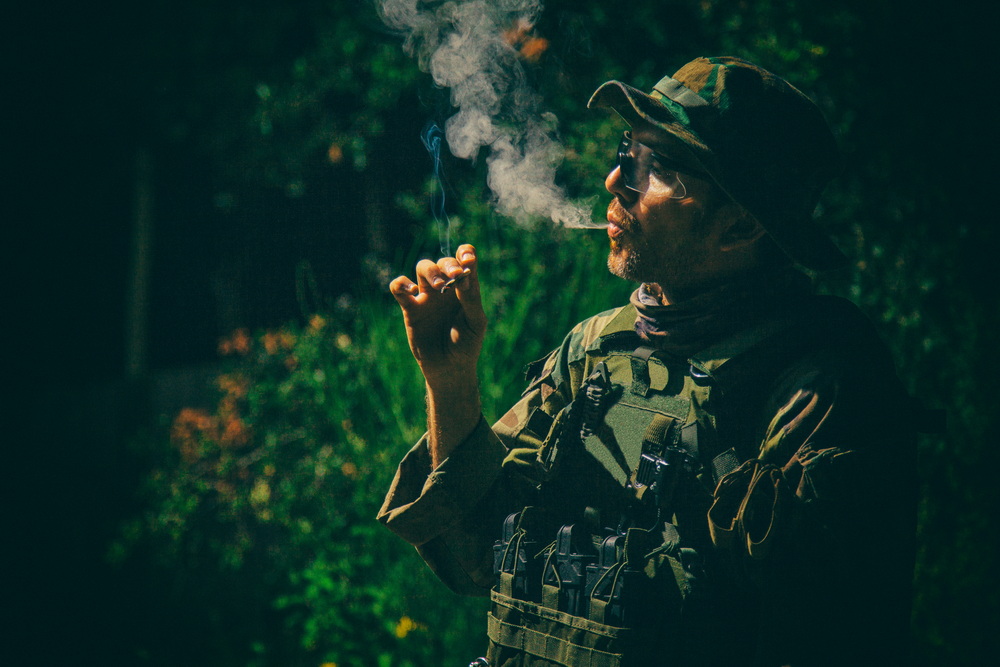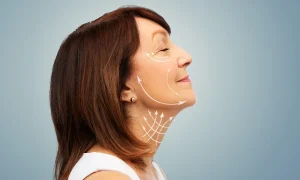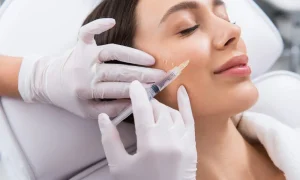At last count, thirty-seven states had legal medical cannabis programs on the books. In all but two of those states, patients with post-traumatic stress disorder (PTSD) can legally treat with cannabis. It turns out that PTSD is one of the most frequently found conditions on state qualifying conditions lists.
Other common conditions include cancer, seizure disorders, and chronic pain. They all have their reasons for being on a state’s list. But there is something unique about PTSD that makes it a nearly universal qualifying condition: traditional treatments are largely ineffective.
- Antipsychotics and Antidepressants
PTSD is often treated medically with the use of antipsychotic and antidepressant drugs. But do such drugs work? According to the nonprofit Marijuana Policy Project (MPP), they don’t. The MPP cites numerous studies that show antipsychotics and antidepressants are ineffective and potentially harmful. One study discussed by the New York Times showed that antipsychotics and antidepressants are “no more effective than placebos” in treating PTSD and “come with serious side effects.”
From a medical cannabis perspective, PTSD may be no different from terminal illnesses for which no other therapies exist. PTSD is not terminal itself, but it may share the distinction of having no other means of treatment as effective as cannabis.
- How Cannabis Helps
The active compound in cannabis is THC. As most of us know, THC is the cannabinoid that causes cannabis users to get high. It does so by interacting with cannabinoids receptors throughout the body, primarily in the brain. Those cannabinoid receptors are responsible for a number of physiological functions. One of them is regulating mood.
Utahmarijuana.org says on their website that cannabis helps PTSD sufferers by reducing anxiety, improving sleep, boosting the mood, and minimizing flashbacks. Where sleep is concerned, many PTSD patients insist that cannabis minimizes the terrifying dreams that often interrupt their sleep.
- A Debilitating Condition
Although many people with PTSD are able to live normal lives, the condition can be quite debilitating. Patients can be so overwhelmed by negative emotions and terrifying memories that they are unable to function the way they did prior to PTSD’s onset. Unfortunately, some cases of debilitating PTSD end in suicide.
A 2018 study looking at the link between PTSD and suicide determined that the majority of epidemiology research points to an increased risk of suicide among PTSD patients. Exact numbers have never been proposed, but the fact that even one PTSD patient would consider suicide is reason to look beyond antipsychotic and antidepressant medications to treat patients.
- Self-Treating with Cannabis
States with legal medical cannabis programs usually require patients to obtain medical cannabis cards before treating. Utah is one such state. Fortunately for PTSD sufferers, the condition is on Utah’s list of qualifying conditions.
As for states with legalized recreational use, PTSD sufferers can choose to self-treat. This may or may not be the best option. But if faced with the decision of self-treating and going through the hassle required to obtain and keep a medical cannabis card, buying recreational cannabis and treating oneself is an attractive option.
Another thing to consider is the availability of the black market. Cannabis sold legally in pharmacies and dispensaries is more expensive than black-market product. Patients willing to self-treat in recreational states can bypass legal dispensaries altogether and get their products cheaper on the streets. There is no reason to believe they do not do so.
PTSD is recognized as a qualifying condition by all but two of the states with medical cannabis programs in place. It should be. Traditional treatments do not work for many patients. They deserve other options.






More Stories
How Bundled Payments Can Drive Process Improvement in Healthcare
Understanding the Science Behind Compression Wear
Your Guide to Choosing the Right Weight Loss Specialist in Maryland